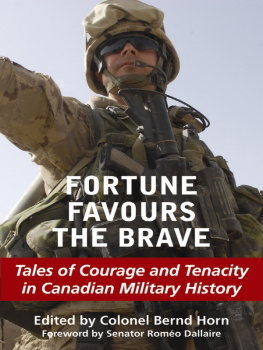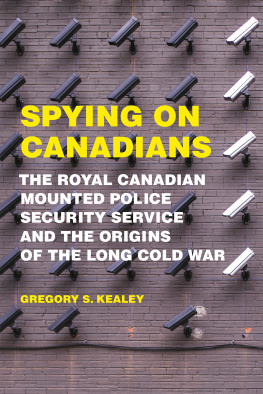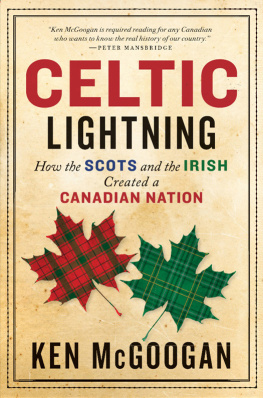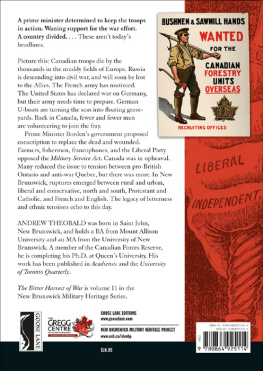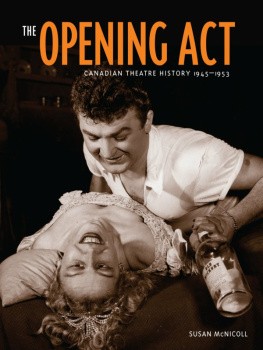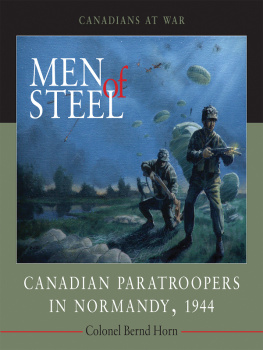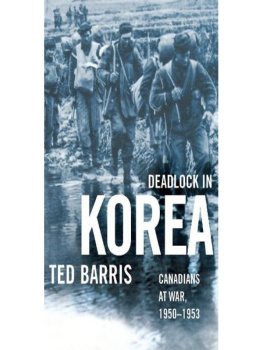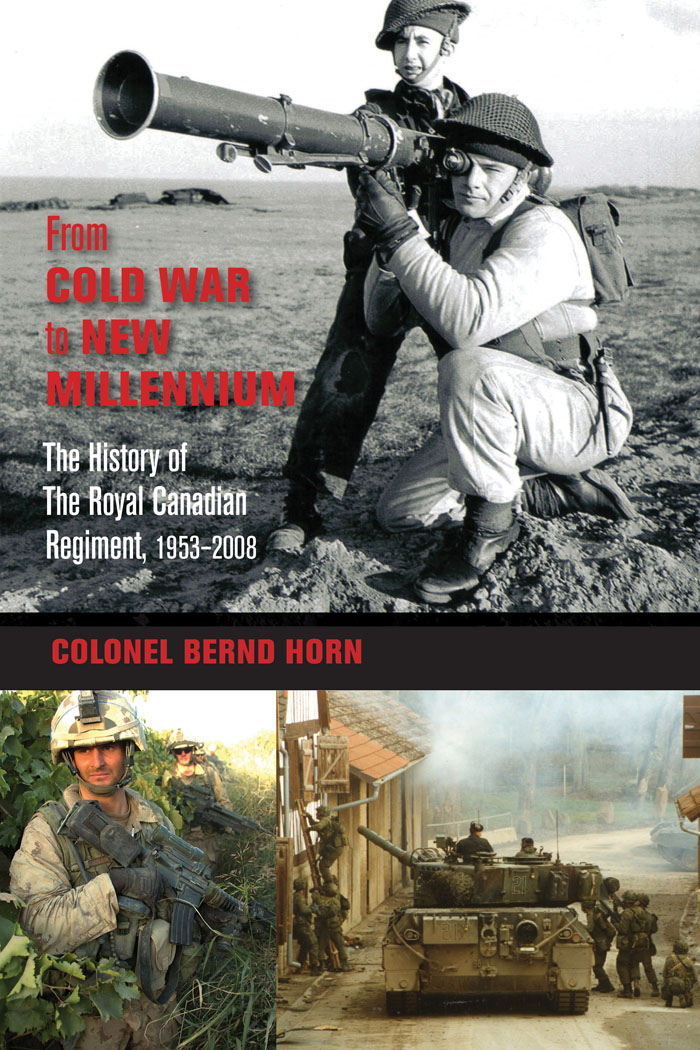From
COLD WAR
to NEW
MILLENNIUM
From
COLD WAR
to NEW
MILLENNIUM
The History of
The Royal Canadian
Regiment, 19532008
COLONEL BERND HORN
Foreword by Major-General (Retired) Tom de Faye

Copyright Bernd Horn, 2011
All rights reserved. No part of this publication may be reproduced, stored in a retrieval system, or transmitted in any form or by any means, electronic, mechanical, photocopying, recording, or otherwise (except for brief passages for purposes of review) without the prior permission of Dundurn Press. Permission to photocopy should be requested from Access Copyright.
Project Editor: Michael Carroll
Editor: Nigel Heseltine
Design: Jennifer Scott
Library and Archives Canada Cataloguing in Publication
Horn, Bernd, 1959
From Cold War to New Millennium [electronic resource] : the history of the Royal Canadian Regiment, 1953-2008 / Bernd Horn.
Companion vol. to Establishing a legacy.
Includes bibliographical references and index.
Electronic monograph in PDF format.
Issued also in print format.
ISBN 978-1-55488-898-6
1. Canada. Canadian Army. Royal Canadian Regiment--History.
I. Title.
UA602.R55H673 2011b 356.10971 C2011-901161-1

We acknowledge the support of the Canada Council for the Arts and the Ontario Arts Council for our publishing program. We also acknowledge the financial support of the Government of Canada through the Canada Book Fund and Livres Canada Books, and the Government of Ontario through the Ontario Book Publishing Tax Credit and the Ontario Media Development Corporation.
Care has been taken to trace the ownership of copyright material used in this book. The author and the publisher welcome any information enabling them to rectify any references or credits in subsequent editions.
J. Kirk Howard, President
www.dundurn.com
Dundurn
3 Church Street, Suite 500
Toronto, Ontario, Canada
M5E 1M2
Gazelle Book Services Limited
White Cross Mills
High Town, Lancaster, England
LAI 4XS
Dundurn
2250 Military Road
Tonawanda, NY
U.S.A. 14150
This book is dedicated to the fallen and their loved ones.
CONTENTS
FOREWORD
The Regiment. Those words carry a specific and very personal meaning for many of us who have been privileged to serve. This personal meaning is formed by our individual experiences and the friendships formed during our service. Collectively, the sum of these experiences represents the history of The Royal Canadian Regiment (The RCR). In this volume the second part of a modernized history of the Regiment covering the period from 1953 to 2008 Colonel Bernd Horn has the challenge of capturing and recording an extreme range of events in the life of The RCR from the decades of the Cold War to the violence of counterinsurgency operations in Afghanistan where the citizens of Canada, so well served by the Canadian Forces, have come to a new understanding and recognition of the value of military service and sacrifice to the nation.
From the early 1950s until 2008, well into its second century, The Royal Canadian Regiments history parallels the complex postSecond World War era known as the Cold War, in which it participated in many United Nations and coalition operations that continue to this day. If a single theme can be identified, it is continual change and adaptation. The Regiment has during this period lived through the social development of our nation, many evolving world events, and the remarkable technological changes of the third millennium. All these realities have played and will continue to play a role in the remarkable evolution of The RCR.
This period of has been characterized by change unprecedented in all the previous decades of the Regiments service. These events were geostrategic, socio-economic, and technological. They shaped the evolution of our leadership, the attitudes of our soldiers, command relationships, regimental institutions, and, most important, the relationship between the Regiment and the citizens of Canada to whom we are accountable.
The Regiment played a major role in the Cold War with decades of service in Canadas formation within the North Atlantic Treaty Organisation (NATO). Units assigned to 4 Canadian Infantry Brigade Group (4 CIBG), and, subsequently, to 4 Canadian Mechanized Brigade Group (4 CMBG), enjoyed clearly defined operational taskings, which in turn provided higher levels of resources for training and equipping the Canadian brigade in Europe. This NATO commitment lasted some 40 years and the Canadian brigade became the armys cradle of professionalism. Training facilities and resources were more abundant than in Canadian-based units, huge annual operational level exercises were conducted, and Canadian brigades were exercised and tasked by real, not notional, superior formation headquarters. We learned the meaning and importance of interoperability and, in terms of our taskings, made it work. Service in Europe, where the threat was clearly defined, shaped our equipment acquisition programs and the development of our armys doctrine and tactics.
Although the main effort during this period was the Cold War in Europe, Canadian sovereignty was not neglected. The RCR was often called out in aid of the civil power to help keep the peace as well as assist in natural disasters. Moreover, winter warfare skills and Arctic training exercises were a constant throughout the Cold War in Canada as part of the nations vigilance in securing its northern frontier.
Likewise, The RCR played a pivotal role in military parachuting in Canada the airborne service. From the early days of The RCR platoon in the Canadian Special Air Service Company, to the airborne battalion and company in the Mobile Striking Force and Defence of Canada Force, respectively, to the Canadian Airborne Regiment and 3 Mechanized Commando, to the parachuting entities created when those units were disbanded, and on to this day, the Regiment has always contributed more than its share of leaders and soldiers to the airborne organizations that were vital to Canadian sovereignty and international readiness forces. Quite simply, airborne service has been a pillar of service for Royals throughout these years.
The Regiment was also instrumental in building Canadas international reputation as a global citizen. Peacekeeping, in the Pearsonian tradition, formed the basis of a number of operational commitments and became a Canadian ideal that lingered long after the reality of the postCold War era of fragmentation rendered it unworkable. All the regular battalions participated in numerous deployments. The Regiment saw service in the Balkans after the disintegration of Yugoslavia, in Somalia as a commando of the Canadian Airborne Regiment, and in Ethiopia and other operational theatres. In addition, individual members of The RCR participated in many other challenging missions.
Technological developments played a major role in shaping the events and forcing change during this period of our history. Colonel Horn chronicles the many technological improvements over the decades, ranging from the evolution of the section vehicle, a Dodge 3/4-ton truck with a C2 Light Automatic Rifle (LAR) gunner leaning on the roof as a surrogate armoured personnel carrier (APC) in the 1950s and early 1960s, to the Light Armoured Vehicle (LAV) III of the mid-1990s equipped with the Bushmaster 25 mm stabilized night and day capable cannon.


